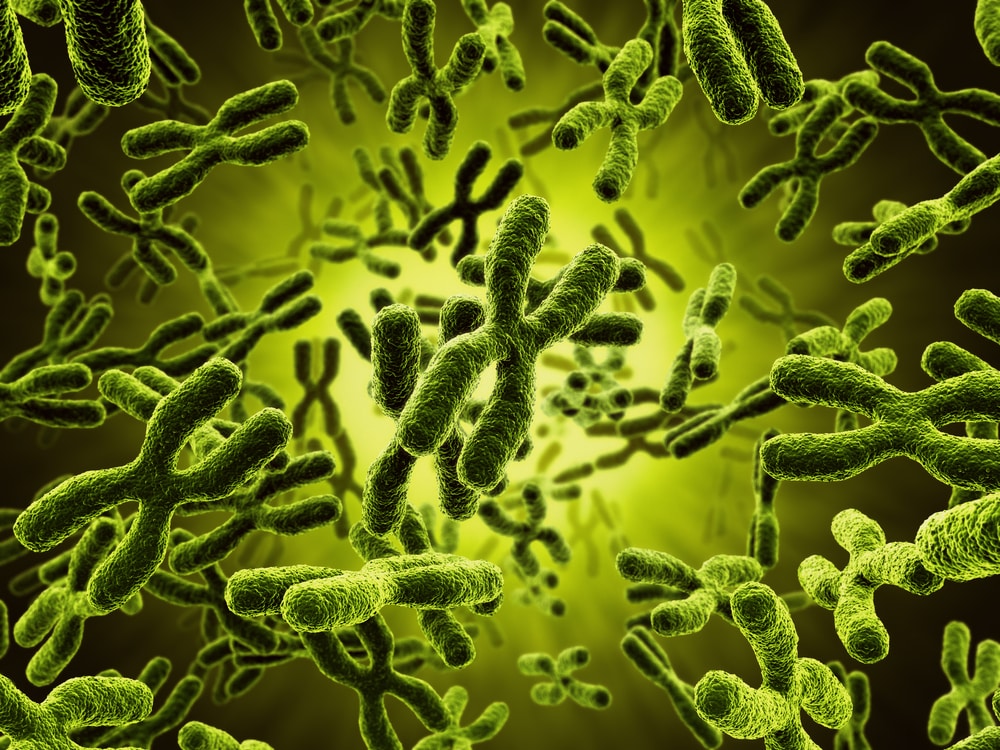Error Correction : Cell corrects errors made in Gene Transcription
Errors in transcription can cause deleterious effect upon repeated translation of erroneous mRNA into protein. Transcription infidelity may result in aging and human diseases such as cancer.
RNA polymerase II (Pol II), a key enzyme in our gene expression, is responsible for transcribing DNA into messenger RNA.
Transcription is a crucial part of Gene expression. During transcription, Pol II can detect the mis-incorporated RNA and backtrack to correct errors to ensure that each messenger RNA created will match with template DNA. However, it remains largely a mystery how Pol II controls the fidelity of gene transcription.
Scientists from the Hong Kong University of Science and Technology (HKUST) elucidated the dynamics of backtracking at atomistic level by building a kinetic model (Markov State Model) based on extensive molecular dynamics simulations. They discovered that Pol II backtracking occurs in a stepwise mode, where first the RNA moves away from the active site (reaching a “frayed” state) before the enzyme can reach the backtracked state. They also found that the rate-limiting step of the process is the transition from the frayed state to the final backtracked.
“We found that a critical amino acid (Rpb1 Threonine 831) serves as the sensing probe to detect the weak interaction between the mis-incorporated RNA and the template DNA. The bending motion of bridge helix, the protein motif where the important Threonine locates, promotes the RNA to go to the frayed state,” said Xuhui Huang, associate professor of chemistry at HKUST and leader of the research group. “We further validated the predictions from our simulations by site-directed mutagenesis experiments and transcript cleavage assays in collaboration with Prof. Dong Wang’s group from UCSD.”
“This work requires large-scale high-performance computing resources: the ~50 microseconds of simulations contains 25 billion MD steps, which were computed on 10,000 CPU cores for 4 weeks on the Shaheen Supercomputer at KAUST (Ranked #7 worldwide in July 2015). Moreover, the Markov State Model enables us to identify intermediate conformational states and kinetics of backtracking from this massive MD simulation dataset. ” said Huang.
“Our results will provide insight into the fundamental mechanisms of transcription, and open up perspectives for understanding human diseases and aging problems related to transcription infidelity,” said Huang. “We could also go beyond the one-nucleotide backtracking event and study the backtracking mechanisms for two or even more RNA 3?-end nucleotides, which may give insight into the molecular mechanisms of the transcriptional pausing and arrest. It would also be important to investigate the backtracking mechanisms for different mutagenic DNA lesions, such as 8-oxoG and O6-methyguanine (O6-mdG) etc., and how some of these lesions can escape Pol II proofreading.”






























